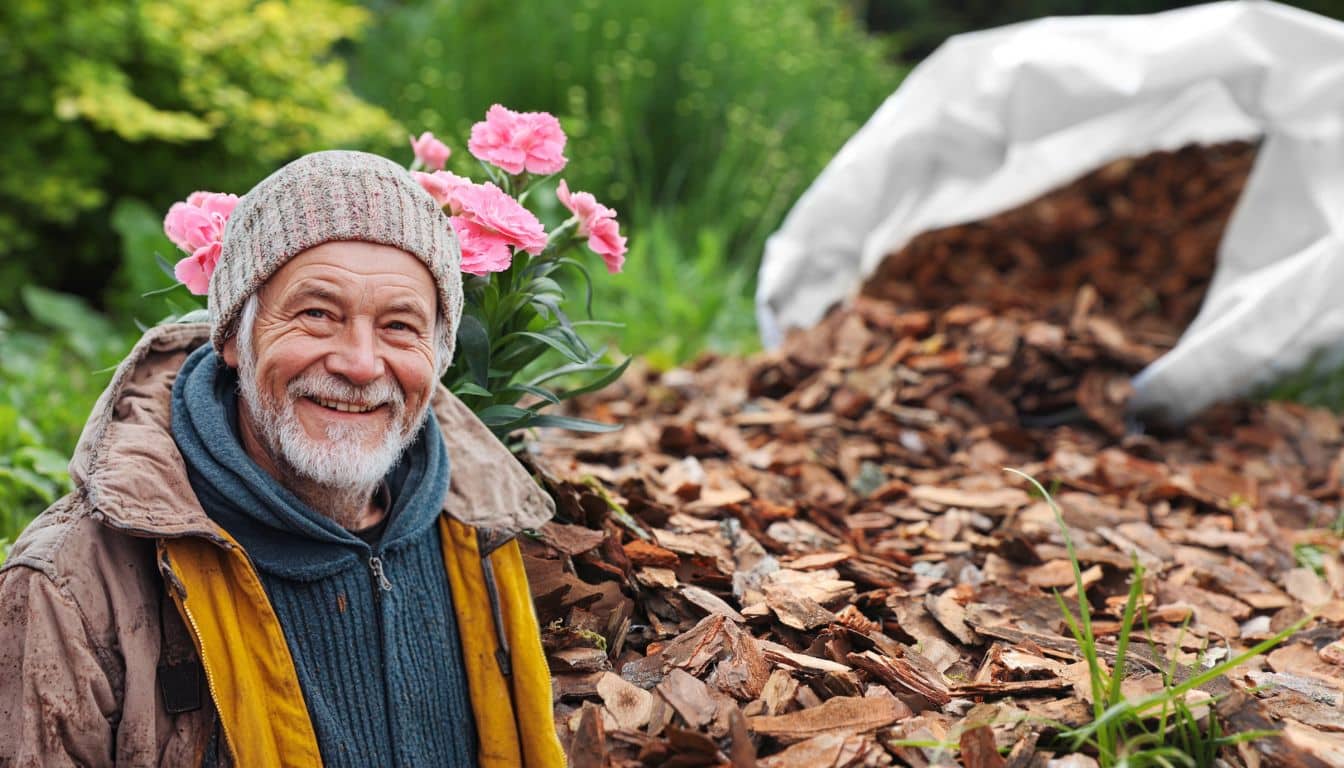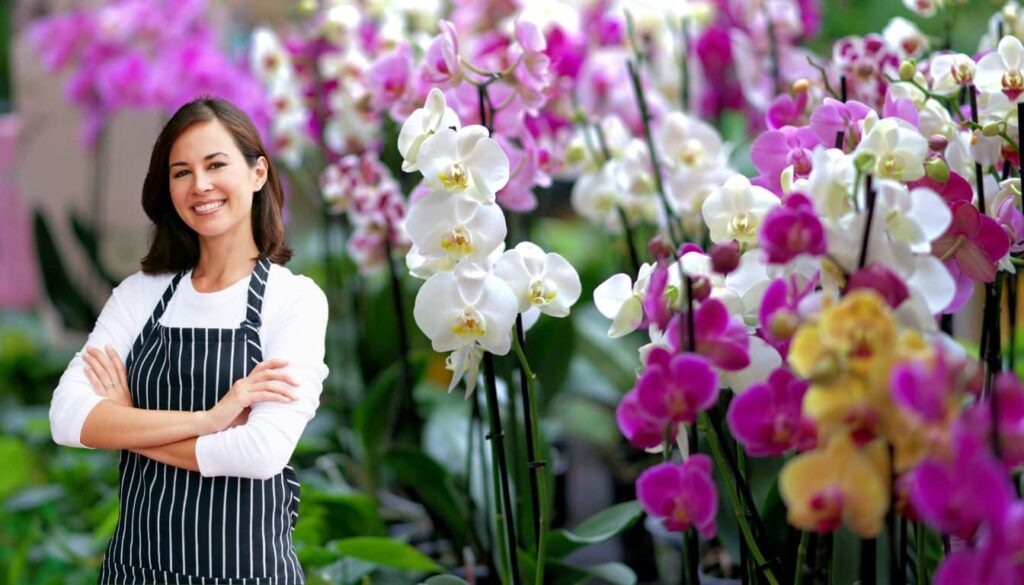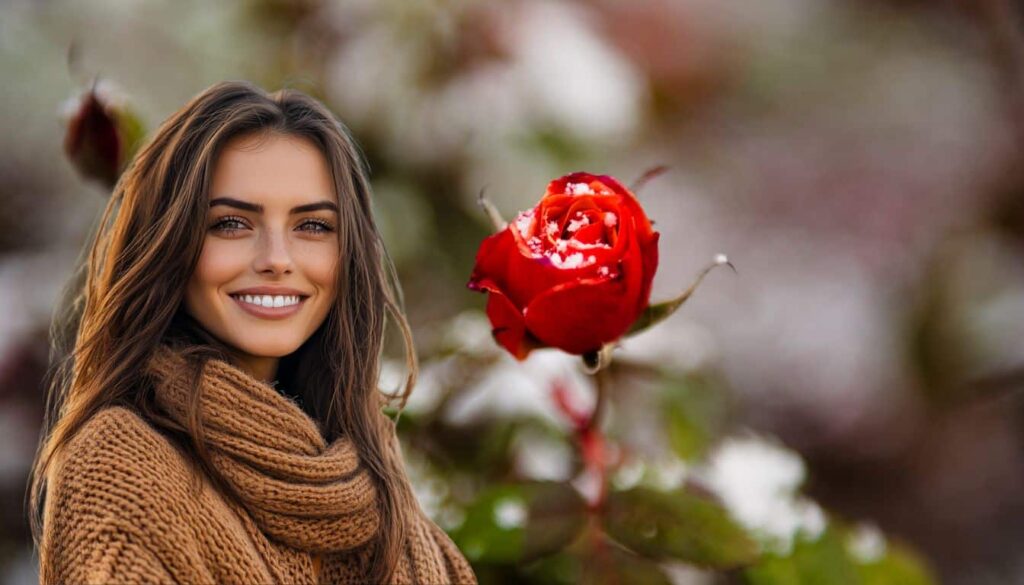The beauty of a garden in spring is not only the result of the flowers in bloom, but also of the care we reserve for our plants during the colder months.
That’s why the mulching it becomes an essential operation to guarantee a floral show when the sun warms up again. With winter upon us, it’s the perfect time to care for your plants with this nature-friendly technique.
Protect, nourish and prepare your garden by following our tips on which plants to mulch and how to do it right.
The mulching it is an ancient practice that offers numerous advantages: it protects plants from Freddoretains moisture in the soil and reduces the growth of weeds.
More fragile plants, such as roses, lavenders and hydrangeas, benefit immensely from this timely care.
How to mulch effectively
For mulching to be effective, you need to choose the right materials. The dead leavesthe paglia and the tree bark they are excellent eco-friendly allies.
Avoid piling mulch too close to the base to prevent rot and enjoy the results of a beautiful green landscape.
Correct laying of mulch
When placing mulch, spread it evenly around the plant for optimal protection. Avoid suffocating the plant or creating waterlogging.
Well-placed mulch not only protects but adds aesthetic value to your garden.
Lavender
Fragrant and robust, lavenders need a mulching that allows adequate drainage. The gravel o to river sand they are optimal for this Mediterranean plant.
Be sure to leave room at the base of the plants to prevent excessive moisture from causing them to rot. Protected lavenders emit an enveloping scent that transforms any garden into a corner of Provence.
The Hydrangeas
With their spectacular flowering, hydrangeas deserve one mulching in humus o dead leavesideal for enriching the soil. This type of mulch not only retains moisture, but also nourishes the soil.
Start protecting your hydrangeas in late autumn so that they will sprout lushly when temperatures get warmer.







